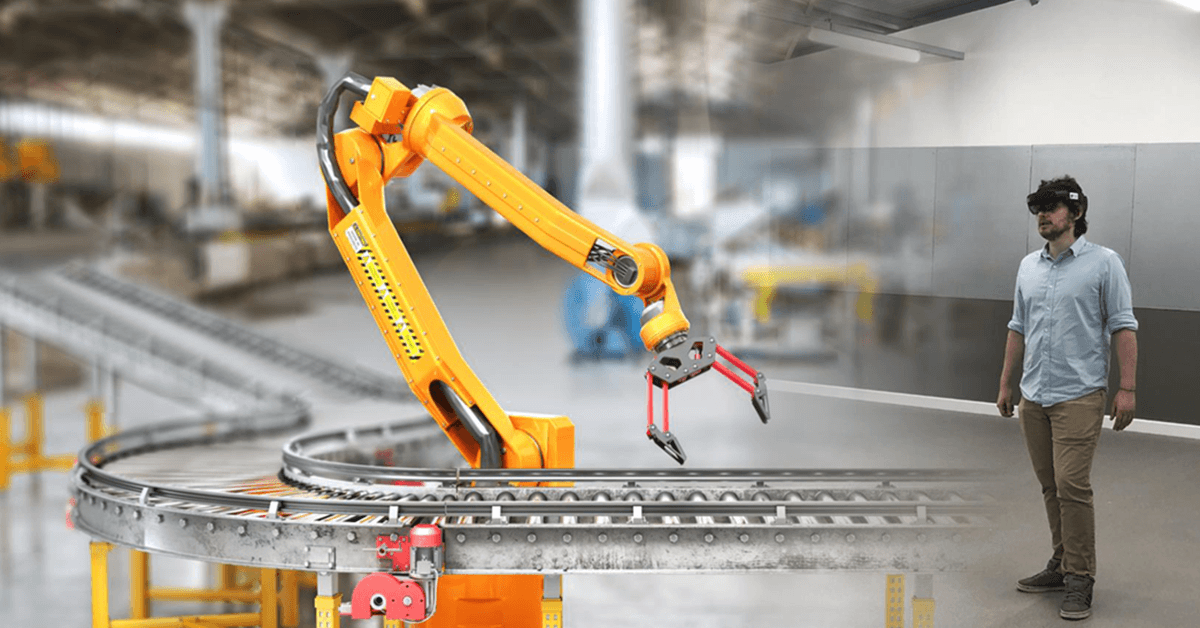The breakthrough of Mixed Reality (MR) is taking engineering design to a new level, and early adopters of MR technologies, such as the Microsoft HoloLens 2, have the potential to gain a huge competitive edge. The only problem is, engineering design data can be of all sizes and complexities, and often too much for these technologies to handle – but there is a way around that.
Using the HoloLens 2 for Engineering Design
The Microsoft HoloLens 2 is a pair of smart glasses designed to be used with enterprise-ready applications. Wearing the HoloLens 2, users can see 3D digital content in the form of a hologram, in their real-life environment. This mixing of the physical and the digital world is otherwise known as Mixed Reality. From a design engineering perspective, this means engineers wearing the HoloLens 2 can visualize and review their own 3D CAD data, at full scale and in-context.
The struggles of getting complex engineering data into XR
In engineering use cases, data can be of all sizes – from individual components in engineering design reviews, to the planning of large factory layouts. This can be up to millions of polygons and gigabytes of source data, which is likely far too complex for your device to handle. Why? Because the capacity of most XR devices cannot render the volumes of data required. This forces you down the route of down sampling your data, resulting in decimation and a sacrifice of graphics quality. Even more annoyingly, this means valuable time being spent on downsizing data, only to visualize your design data at mediocre quality.
Learn how to automatically get your 3D CAD data into the HoloLens 2 with simple drag and drop functionalities using the Visualization Pipeline.
What is Azure Remote Rendering?
When visualizing your 3D content in Mixed Reality, it is vital that every detail is intact and displayed at full resolution - and you shouldn’t settle for any less. That’s why Microsoft developed Azure Remote Rendering.
Azure Remote Rendering (ARR) is a cloud-based Mixed Reality service that enables high-quality, interactive 3D content to be rendered in Microsoft’s Azure Cloud. Millions of polygons can be rendered and stored in the cloud and can then be streamed in real-time to your HoloLens 2. With the power of the HoloLens 2 and ARR, you can experience your large and complex 3D design data in full detail, and view and interact with your 3D models and parts without decimation or loss of quality.
Benefits of using ARR include:
• Not limited by hardware – Hundreds of millions of polygons are stored in the Microsoft Azure Cloud, so you do not need to worry about exceeding local capacity on your device.
• High performance – Even the largest of datasets can be streamed from the cloud to the HoloLens 2 with low latency.
• Save time and money – Valuable time is no longer required to be spent on down sampling data.
• Better graphics quality – High-quality 3D models can be visualized and interacted with at full scale, without simplification or decimation.
• Improved accuracy – Streaming high polygon data to the HoloLens 2 means you can inspect your models in full detail and with full context when making tough design decisions.
As Mixed Reality Partners, Theorem work closely with Microsoft to provide XR experiences that support the HoloLens 2 and ARR, enabling engineers to work with their own 3D data, regardless of size for various engineering use cases. To see Azure Remote Rendering in action, here is a short video showing an example of a large factory floor in the HoloLens 2...
Using Theorem-XR’s Factory Layout Experience in the HoloLens 2 and table top mode with Azure Remote Rendering.
Conclusion
3D visualization is becoming invaluable in engineering and as a result, it is critical you are able to visualize your design data without compromise. ARR removes the barrier to working and interacting with complex datasets, enabling engineering teams to competently review and collaborate around their 3D data in the HoloLens 2.
To learn how to get your complex 3D data into the HoloLens 2, get in touch with us today or see Azure Remote Rendering in action in our 10-minute HoloLens 2 demo.




